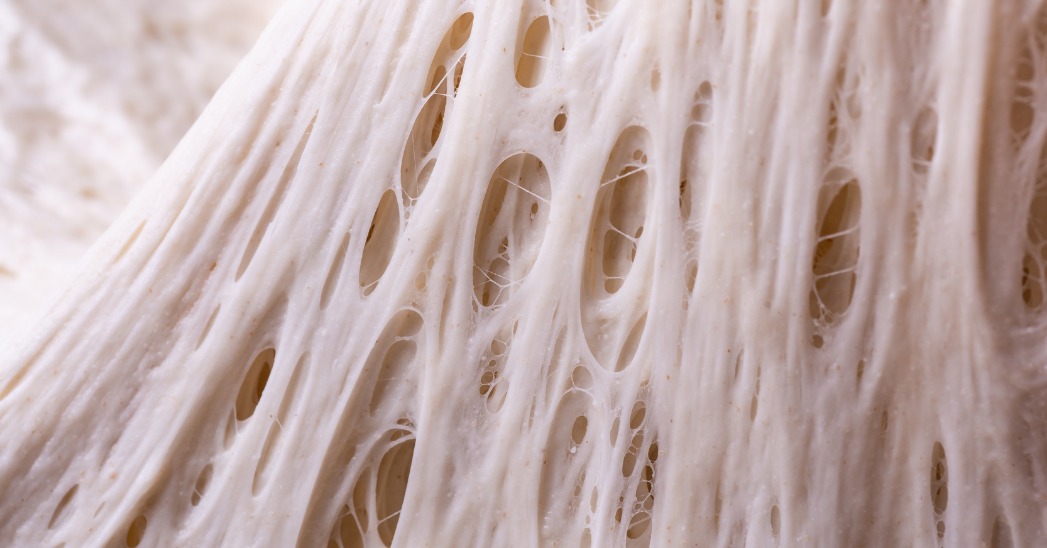
Tendinopathy risk and symptoms
Celine HaarhoffTendinopathy is a common condition that results in the inflammation or degeneration of tendons, the thick fibrous cords that attach muscles to bones. This can cause pain, stiffness, and weakness in the affected area and make it difficult for people to perform everyday activities.
While tendinopathy can affect anyone, research has shown that some people may have a genetic predisposition to the condition. Their genes make them more likely to develop tendinopathy than others.
Symptoms of tendinopathy can vary depending on the location of the affected tendon. For example, tendinopathy in the shoulder can cause pain and weakness in the arm, while tendinopathy in the knee can cause pain and difficulty walking. General tendinopathy symptoms include swelling, tenderness, and warmth in the affected area.
If left untreated, tendinopathy can lead to chronic pain and reduced mobility or even tendon rupture. This can significantly impact a person's quality of life and make it difficult to perform everyday activities.
One way to determine if a person has a genetic predisposition to tendinopathy is through a genetic test. This test involves analyzing a person's DNA to identify any genetic variations associated with an increased risk of tendinopathy.
Several different genetic variations have been linked to an increased risk of tendinopathy. For example, research has shown that people with a certain variation in the COL5A1 gene are more likely to develop tendinopathy in the shoulder.
Additionally, people with a variation in the IL1B gene may be at an increased risk of tendinopathy in the knee. Other genetic variations associated with an increased risk of tendinopathy include those in the TGFB1, TGFBR1, and TGFBR2 genes.
A genetic test can provide valuable information for people concerned about their risk of developing tendinopathy. By identifying any genetic variations that are associated with an increased risk of the condition, a genetic test can help people take steps to reduce their risk.
For example, if a person has a genetic predisposition to tendinopathy, they may be able to make lifestyle changes to reduce their risk of developing the condition. This could include losing weight, avoiding activities that strain their tendons unnecessarily, and exercising regularly and specifically to maintain strong muscles and tendons.


